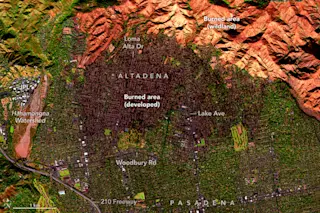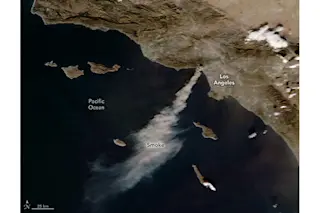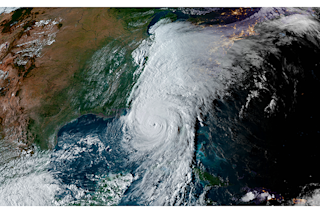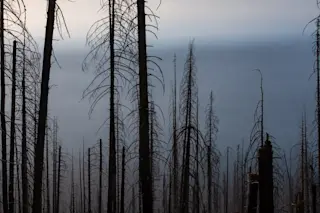An animation composited of six images from NASA's Aqua satellite shows a possible midget cyclone cruising across the western Pacific. The Philippines are at the lower left of the frame, and the possible cyclone starts in the upper right. (Images: NASA) Because I'm such an unabashed weather geek, I check in most days with the awesome blog of the Cooperative Institute for Meteorological Satellite Studies. This morning was no exception, and what I found was a short post about a possible midget typhoon in the western Pacific Ocean. Who knew that such a thing existed?
Source: CIMSS Satellite Blog At the top of their post today, CIMSS ran an animation of the possible midget typhoon from Japan's MTSAT-2 satellite. Click on the thumbnail at right to see it full size. With that as a start, I thought I'd try to find it in images captured by NASA's Aqua satellite. The ...














